Tanzania | Introduction to Coffee Beans in the Kilimanjaro Producing Area. Tanzania, in the African region, has many well-known coffee-producing countries such as Ethiopia, Kenya, Rwanda, and Tanzania, among which Tanzania is one of the three giants of African coffee. Tanzania (The United Republic of Tanzania) is located in the eastern part of Africa, south of the equator, and is composed of Tanganyika (the continent) and Zanzibar (the island), which is a country with both land and sea. It faces the Indian Ocean to the east and is adjacent to eight countries such as Kenya, Uganda, Burundi, and Rwanda. The country has a land area of 945,000 square kilometers.
Tanzania is one of the birthplaces of ancient humans, but it is also one of the least developed countries in the world. The country’s economy is mainly based on agriculture, with abundant mineral and tourism resources. The terrain of the country is high in the northwest and low in the southeast. The eastern coastal area is lowland, and the western plateau accounts for half of the total area of the country. The East African Rift runs north and south from Lake Malawi in two east-west branches, and has the highest peak in Africa, Mount Kilimanjaro.
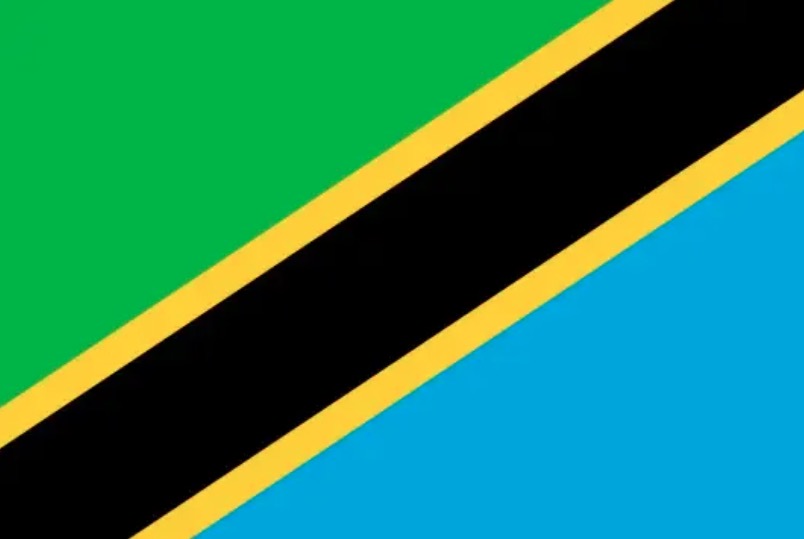
The flag surface of the Tanzanian flag is composed of four colors: green, blue, black, and yellow. The upper left and lower right corners are two equal right-angled triangles of green and blue, and the wide black strip with a yellow border obliquely runs from the lower left corner to the upper right corner. Among them, green represents the land, symbolizing the faith in Islam, and blue symbolizes rivers, lakes, and sea areas, black represents African blacks, and yellow symbolizes abundant mineral resources and wealth.
Coffee producing areas. 90% of Tanzania’s coffee is produced by 450,000 small farmers, and the other 10% comes from larger estates. At present, it is divided into nine producing areas, and the relatively well-known ones are Kilimanjaro, Arusha, Ruvuma, Mbeya, Tarime, and Kigoma.
Kilimanjaro (Kilimanjaro): Mount Kilimanjaro is located in the northeastern part of Tanzania and is the highest mountain on the African continent, with an altitude of 5,895 meters and perennial snow. It is mainly composed of three dead volcanoes, Kibo, Mawenzi, and Shira. Coffee is grown in areas with altitudes of 1,050-2,500 meters. The coffee harvest period in the Kilimanjaro producing area is from July to December each year, and the planting varieties are mainly Bourbon, Typica, and Kent.
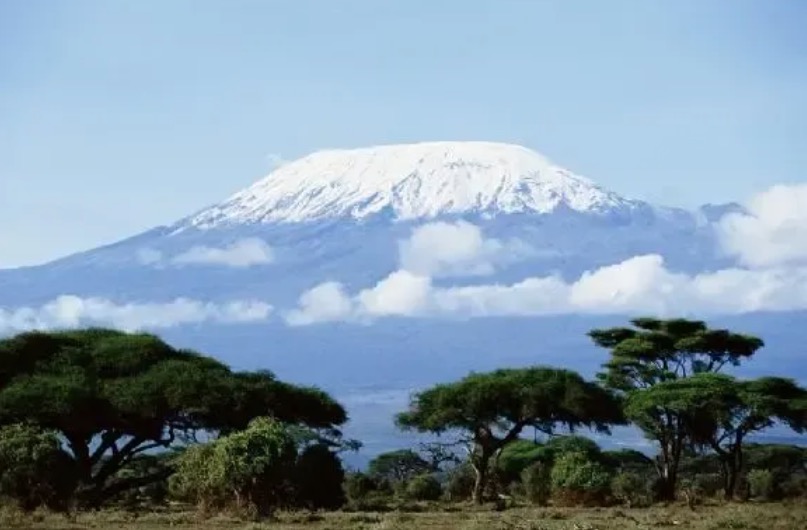
Arusha: Arusha is adjacent to the Kilimanjaro mountain producing area, so there are many similarities between the two areas. It also has volcanic soil, but the altitude of this area is only 1,100-1,800 meters, and the harvest period is from July to December each year.
Ruvuma: This area is located in the southernmost part of Tanzania, and the name comes from the Ruvuma River. It is considered to be a potential producing area that can produce high-quality coffee. In the past, it was difficult to develop due to insufficient funds. The altitude is between 1,200-1,800 meters, and the harvest period is from June to October.
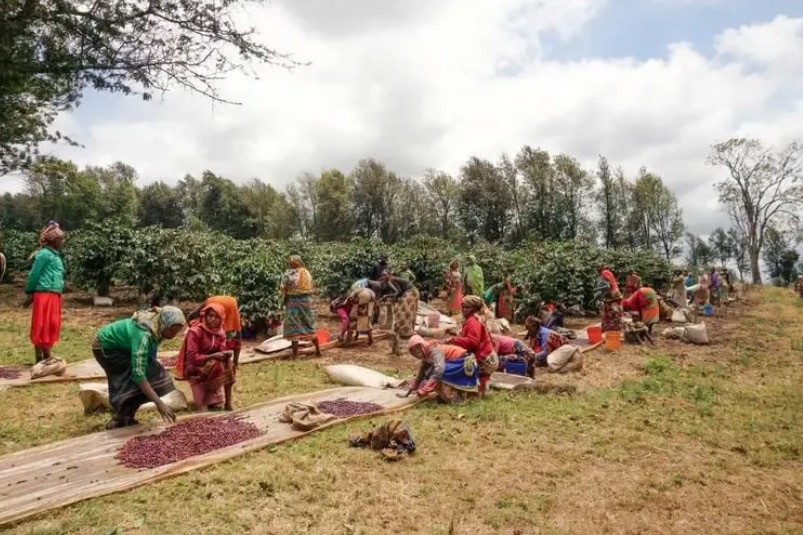
Mbeya: Located in the surrounding areas of Mbeya City in the southern part of Tanzania, it is an important producing area for growing coffee, tea, cocoa, and spices. The altitude is between 1,200-2,000 meters, and the harvest period is from June to October.
Tarime: Located in the northernmost part of Tanzania, close to the border with Kenya. However, its international reputation is limited, and the area grows both Arabica and Robusta varieties. The altitude is 1,500-1,800 meters, and the harvest period is from July to December.
Kigoma: This region is named after the regional capital, Kigoma City, located in the northwest of the country, adjacent to Burundi. The local coffee industry has just started. The altitude is 1,100-1,700 meters, and the harvest period is from July to December.

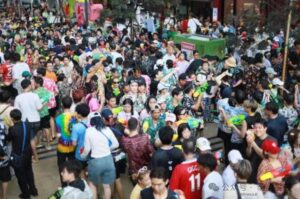
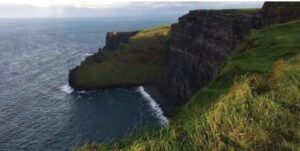


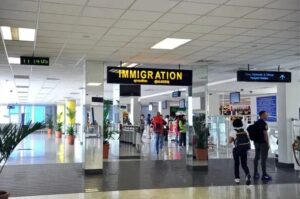
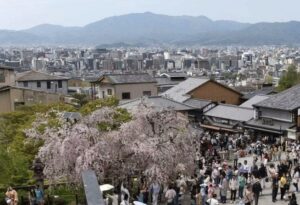
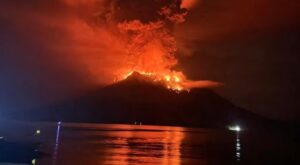
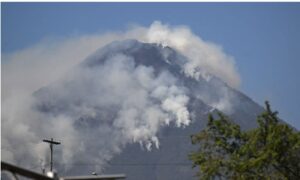
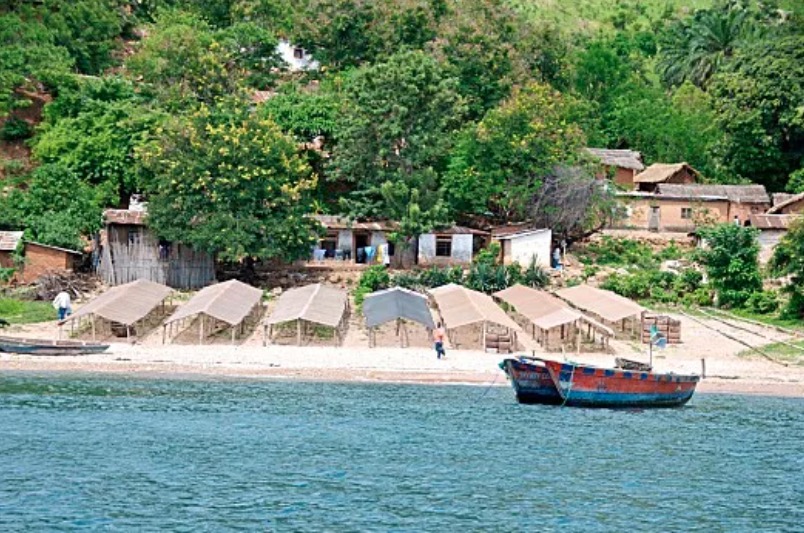
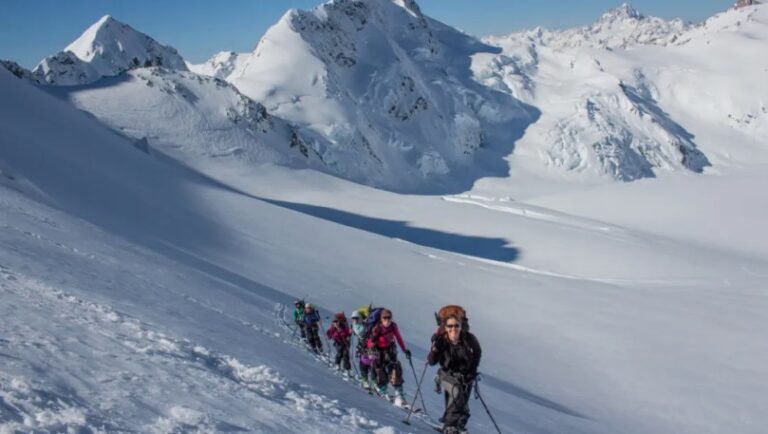
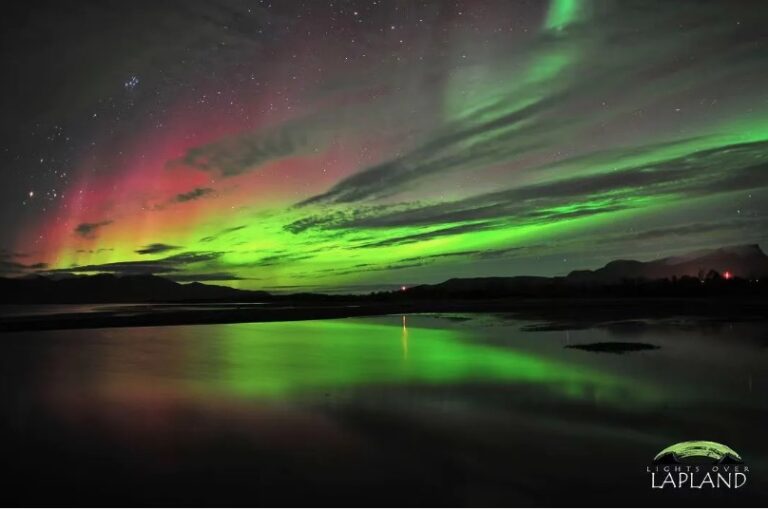



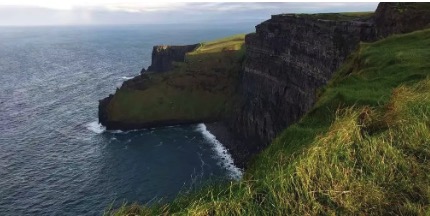
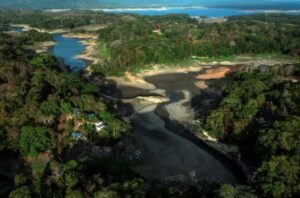
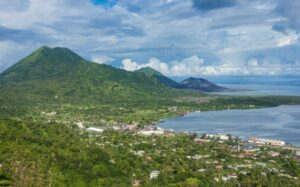

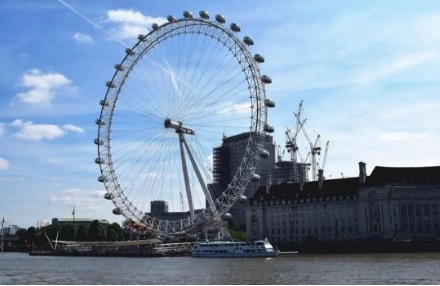

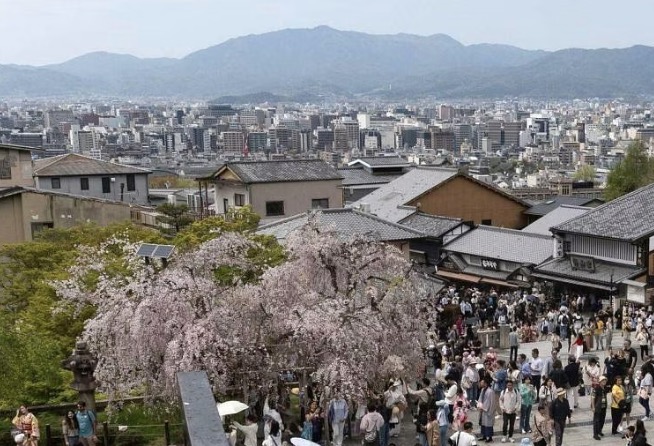
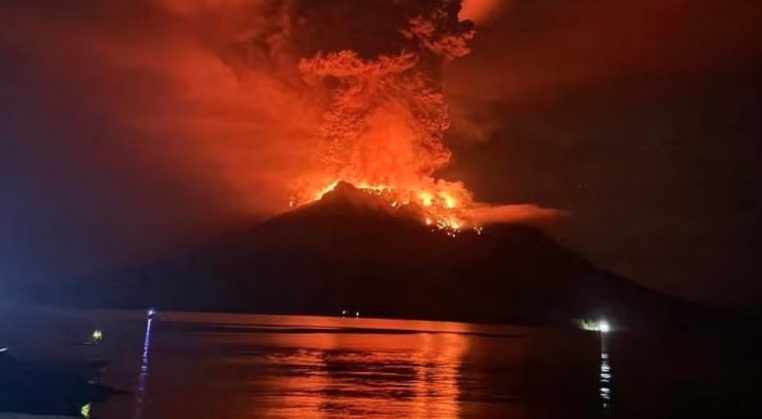
+ There are no comments
Add yours